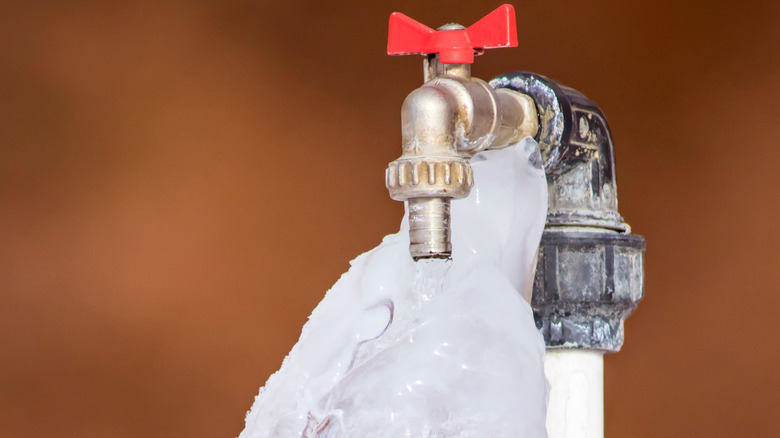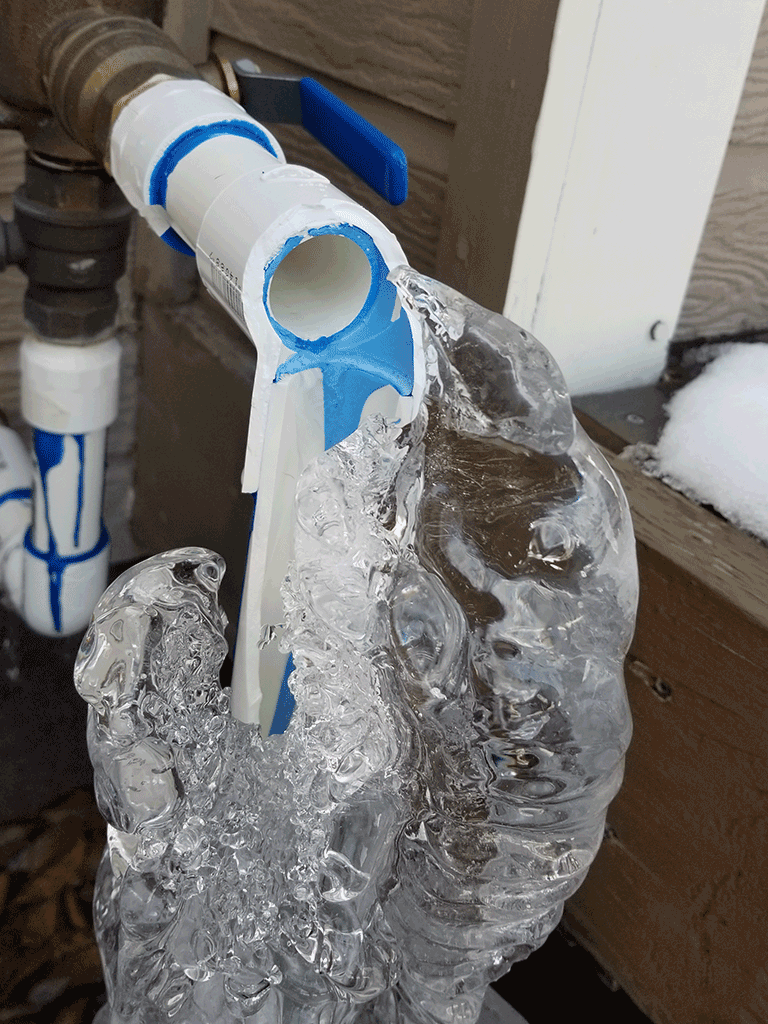Have you been hunting for ideas around Prevent Frozen Pipes ?

Cold weather can damage your pipes, specifically by freezing pipelines. Below's just how to prevent it from taking place and what to do if it does.
Intro
As temperature levels drop, the threat of icy pipelines rises, potentially leading to costly repair work and water damage. Recognizing just how to avoid frozen pipelines is crucial for house owners in cold climates.
Comprehending Icy Pipes
What triggers pipelines to ice up?
Pipelines ice up when revealed to temperature levels below 32 ° F (0 ° C) for expanded durations. As water inside the pipelines ices up, it increases, taxing the pipeline wall surfaces and potentially creating them to break.
Dangers and problems
Icy pipes can lead to water system interruptions, building damages, and expensive repair services. Burst pipes can flooding homes and trigger extensive architectural damages.
Signs of Frozen Pipes
Recognizing frozen pipelines early can prevent them from rupturing.
Just how to determine icy pipelines
Search for reduced water circulation from faucets, unusual odors or sounds from pipelines, and noticeable frost on revealed pipelines.
Avoidance Tips
Protecting susceptible pipelines
Wrap pipelines in insulation sleeves or utilize warmth tape to protect them from freezing temperature levels. Concentrate on pipelines in unheated or exterior areas of the home.
Home heating techniques
Keep interior rooms adequately warmed, especially areas with plumbing. Open closet doors to permit cozy air to flow around pipelines under sinks.
Shielding Exterior Pipes
Yard pipes and outdoor taps
Detach and drain garden tubes prior to wintertime. Mount frost-proof spigots or cover outdoor taps with shielded caps.
What to Do If Your Pipes Freeze
Immediate activities to take
If you presume frozen pipes, maintain taps open to relieve stress as the ice melts. Use a hairdryer or towels taken in warm water to thaw pipelines gradually.
Long-Term Solutions
Structural modifications
Consider rerouting pipes far from outside wall surfaces or unheated areas. Include extra insulation to attic rooms, basements, and crawl spaces.
Updating insulation
Invest in premium insulation for pipes, attic rooms, and wall surfaces. Proper insulation helps preserve regular temperature levels and reduces the risk of icy pipelines.
Final thought
Stopping icy pipelines calls for positive steps and quick responses. By understanding the reasons, signs, and preventive measures, homeowners can protect their pipes during cold weather.
5 Ways to Prevent Frozen Pipes
Drain Outdoor Faucets and Disconnect Hoses
First, close the shut-off valve that controls the flow of water in the pipe to your outdoor faucet. Then, head outside to disconnect and drain your hose and open the outdoor faucet to allow the water to completely drain out of the line. Turn off the faucet when done. Finally, head back to the shut-off valve and drain the remaining water inside the pipe into a bucket or container. Additionally, if you have a home irrigation system, you should consider hiring an expert to clear the system of water each year.
Insulate Pipes
One of the best and most cost-effective methods for preventing frozen water pipes is to wrap your pipes with insulation. This is especially important for areas in your home that aren’t exposed to heat, such as an attic. We suggest using foam sleeves, which can typically be found at your local hardware store.
Keep Heat Running at 65
Your pipes are located inside your walls, and the temperature there is much colder than the rest of the house. To prevent your pipes from freezing, The Insurance Information Institute suggests that you keep your home heated to at least 65 degrees, even when traveling. You may want to invest in smart devices that can keep an eye on the temperature in your home while you’re away.
Leave Water Dripping
Moving water — even a small trickle — can prevent ice from forming inside your pipes. When freezing temps are imminent, start a drip of water from all faucets that serve exposed pipes. Leaving a few faucets running will also help relieve pressure inside the pipes and help prevent a rupture if the water inside freezes.
Open Cupboard Doors
Warm your kitchen and bathroom pipes by opening cupboards and vanities. You should also leave your interior doors ajar to help warm air circulate evenly throughout your home.

I recently found that piece of writing on How to prepare your home plumbing for winter weather when doing a search on the internet. Do you know about somebody else who is occupied with the topic? Be sure promote it. Thank you so much for taking the time to read it.
Book 24/7